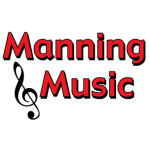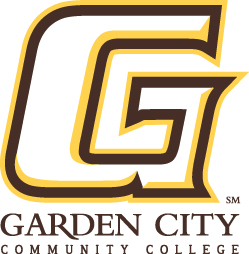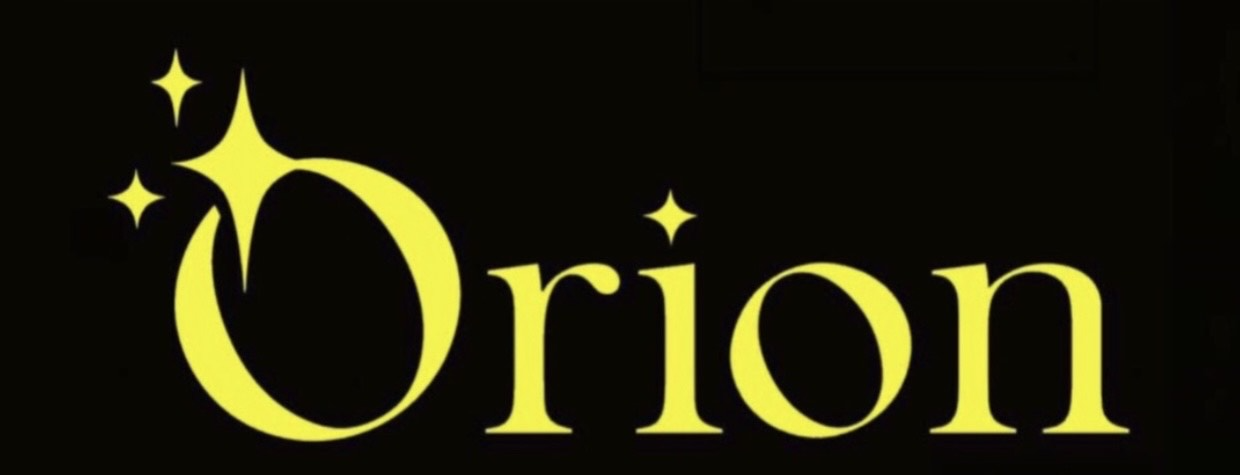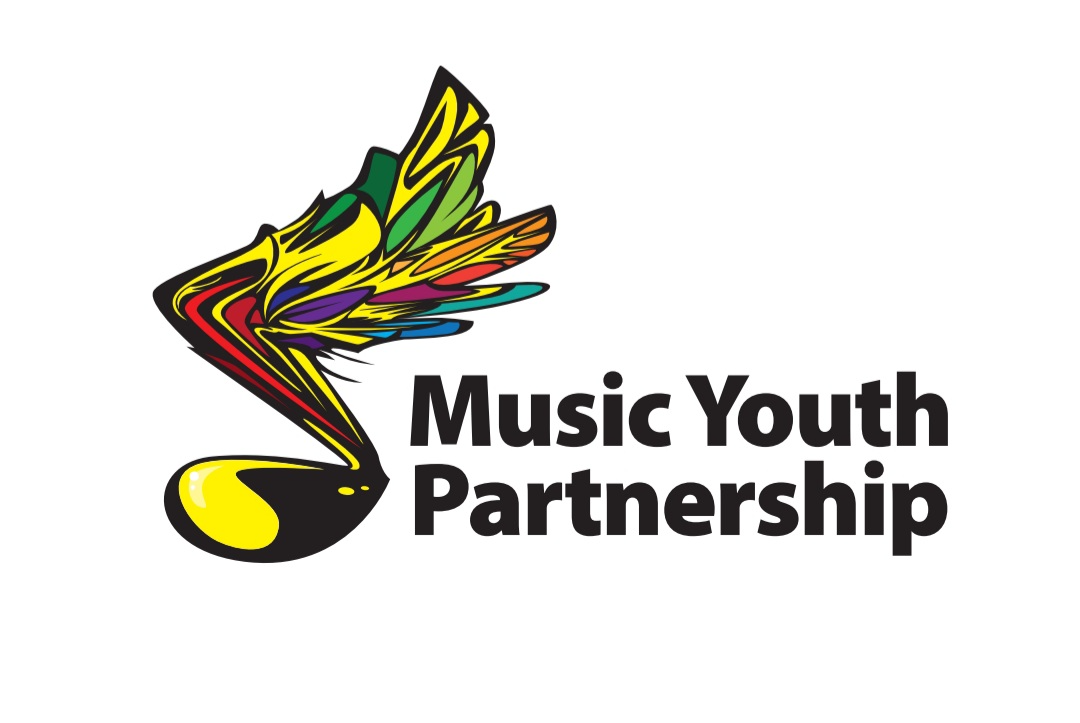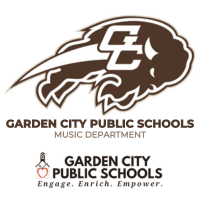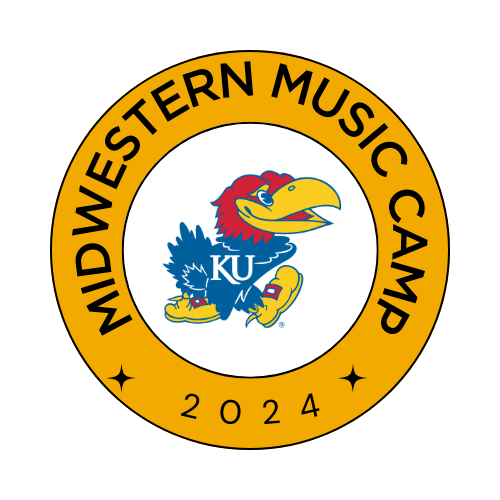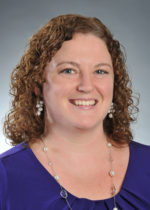
Reprinted with permission from the Fall 2014 issue of Maryland Music Educator, the journal of Maryland Music Educators Association
Before moving into higher education, I taught K-12 general music and choir to over 1,000 students in a small town in northern Michigan. Teaching music to my elementary students was fun. They were energetic and excited about almost any lesson I developed. My high school choir students, possessing higher cognitive skills and the ability to think abstractly, challenged me musically and intellectually. Their maturity allowed us to delve more deeply into musical concepts and have meaningful conversations about a variety of topics. The students that I struggled with the most as a new teacher were my middle school students – especially those in my general music classes. I experimented with many different strategies to try to connect with these students who were less than thrilled about being in general music. One strategy that proved extremely effective was incorporating more movement into my middle school music classes.
Why Should We Move?
Middle school students are at that difficult age when they are too young to think like adults but are desperately trying to escape childhood. The same students who want to be treated like adults get excited when they see a box of crayons and walk around with little stuffed animals dangling from their backpacks. They are often bursting with energy, even at inappropriate moments. Incorporating movement in the music classroom is an effective way to channel this energy in a constructive manner. Middle school students generally prefer active over passive learning experiences and favor collaboration with peers during learning activities (California Department of Education, 1989).
The development of skills associated with rhythmic movement depends upon experience. Incorporating music in middle school general music classes can help students build a variety of skills. At a time when growth spurts can make walking without tripping a challenge, teachers can help their students to improve their kinesthetic awareness (knowledge of where their bodies are in space and time). Attending skills and developing a steady beat competence may be improved through rhythmic movement activities, and beat coordination with sequences can help to improve overall coordination of the body. Children who do well in rhythmic movement activities are more likely to participate in and enjoy movement and musical activities and sports. The self-assurance built through successful movement increases their confidence and they tend not to worry about looking ridiculous or failing to perform satisfactorily in front of others later in life.
Rhythmic movement describes a variety of activities that can take place in many different learning environments. In music, movement sequences with steady beat and rhythm are extremely beneficial and fun! If dancing has a negative connotation for students, it may help to replace the word “dance” with “rhythmic movement.” In the classroom, rhythmic movement assists with reading, writing, speech flow, and math preparedness. Wait…is this a tie-in to Common Core?! This is yet another added bonus of incorporating movement in the music classroom!
Benefits of Movement
There are many benefits to using movement in a middle school music classroom. Starting class with movement may help students to focus attention, increase energy, channel excess energy, and improve coordination. Some days, students come into class looking sleepy and lethargic, while other days the room is electric with their wriggling and chatter. An activity that works for your first period class may not work with your last period class, and exercises that work on Monday may not work on Friday. Choose different activities that meet the needs of the students in every class each day. The following movement activities will help students to focus, adjust energy levels, and increase coordination.
Focus Attention
- Oh Snap! Snap a square in the air with your right hand while counting to the beat. Snap a right triangle with your left hand while counting to the beat. Combine the two, starting together at the top center. You should end on the thirteenth beat with both hands in the original starting position. If you are going to get it right, instead of saying “12, 13,” say “Oh SNAP!”
- Body percussion – Students echo teacher’s movements, first alternating turns, then following 4 beats behind while the teacher moves on to the next pattern. Start with simple patterns in which all four beats are the same, and then progressively increase the difficulty level of patterns. If students become confused, returning to a simple pattern to regroup eliminates the need to stop and restart.
- 1, 1-2-1, 1-2-3-2-1, etc. Use numbers/solfege and complete entire scale ascending and descending using a silent motion to show the beat. Repeat, leaving out certain scale degrees. For example, students do not say “4” or “6,” but instead audiate those scale degrees. Leave in the anchor pitches (1, 3, 5) for more stability.
Increase Energy
- 10 and a Basket – Run in place for 10 counts, saying the numbers 1-10, then shoot a basket.
- Grapefruit/Lemon – Open mouth wide (grapefruit) and scrunch tight (lemon). Repeat with whole body (wide movement and scrunch up).
- Ninja Shake Down – Shake right hand 8 counts, left hand 8 counts, right foot 8 counts, left foot 8 counts while counting aloud. Repeat with 4, 2, and 1 counts, and then strike a ninja pose at the end and hold!
Channel Excess Energy (a.k.a. Tame the Wild Beasts)
- Stretching – Group-led stretches for younger students, individual stretches for older students.
- Breathing exercises – James Jordan uses an eight-handed breathing technique (Jordan, 2009, p. 89) which is especially helpful, as the movements help increase student awareness of how their bodies move during inhalation and exhalation.
 Inhalation
Inhalation
- Ribs travel outward.
- Diaphragm moves from more domed to less domed.
- Abdominal walls move outward, both front and sides.
- Pelvic floor drops slightly.
Exhalation
- Ribs travel inward.
- Diaphragm moves from less domed to more domed.
- Abdominal walls move inward, both front and sides.
- Pelvic floor raises slightly.
Improve coordination
Phyllis Weikart, one of the leading authorities on movement-based active learning and recreational folk dance, observed that people struggle with movement because they cannot keep a steady beat. Movement coordination sequences are a fun way to begin class and help students to develop kinesthetic awareness and coordination. The chart below progresses from simple to more complex levels of movement.
| Level | Description |
| 1. Single coordinated motion of arms | Movement of both arms together |
| 2. Single coordinated motion of legs | Movement of both legs together |
| 3. Alternating single motion of the arms | Movement of the arms alternately |
| 4. Alternating single motion of the legs | Movement of the legs alternately |
| 5. Single coordinated motion of the arms and legs together | Movement of both arms and legs together |
| 6. Alternating single motion of the arms and legs together | Movement of the arms alternately and the legs alternately – like Ninja Shake Downs! |
When performing the coordination sequence shown above, it is important to perform the various levels of movement while seated. Practice the movement level in isolation first, and then apply an external beat after it is performed accurately. After completing a movement level several times successfully, perform that level with music. This is a great opportunity to have students move while listening to music that could be used later in class. Students could also choose school-appropriate popular music to share with the class, with pre-approval by the teacher. This allows students to share their musical preferences while they unknowingly build their coordination skills.
What Are You Waiting for? Step to it!
Setting students up for success is the key to creating a positive rhythmic movement experience. The Weikart movement sequence is based on a connection between language and movement. Following this four-step instructional process can help students find success with rhythmic movement (a.k.a. dance).
- SAY Language only: say the movement steps in rhythm
- SAY and DO Language and movement: say the movement steps in rhythm as the music is performed
- WHISPER AND DO Language and movement: whisper the movement steps in rhythm as the music is performed
- DO (THINK AND DO) Movement only: thinking the movement steps in rhythm as the movement is performed
There are many rhythmic movement activities that are appropriate for middle school students. One activity that my students enjoyed was the Patty Cake Polka. Dancers usually make their way around the circle once, then repeat a second time. To make matters more exciting (and challenging) when performed with a live band, the musicians often increase the tempo of the music through the second time around the circle, making dancers complete all of the steps more rapidly until the rate of speed is almost frantic. Sometimes I would use traditional polka music, and other times I would surprise my students by having them perform the dance with a school-appropriate song from the radio. I did not tell my older students the name of the dance, as they would have found the title childish. Instead, I simply referred to it as a rhythmic movement activity. The Patty Cake Polka is not really a polka, but more of a clapping game and dance.
Patty Cake Polka
Dance formation: 2 concentric circles with equal numbers of students. Inside circle faces out, outside circle faces in. People take the hands of the person facing them in the opposite circle.
Possible Musical Selections:
“Patty Cake Polka” by Larry Chesky & His Orchestra on Big Band Polkas album
“Dynamite” by Kidz Bop Kids on Kidz Bop 19 album
Dance Directions:
8 BEATS: Heel and a toe and a heel and a toe and slide, slide, slide [pause]. Outer circle starts with right foot while the inner circle starts with left foot. Using the correct foot, proceed with heel toe, heel toe – this produces a mirror image. For the sliding part, the outer circle moves to the right and the inner moves to the left. (A slide is simply scooting or sidestepping with your partner.)
8 BEATS: Heel and a toe and a heel and a toe and slide, slide, slide [pause]. Reverse the first step with the outer circle using the left foot and the inner circle using the right foot.
8 BEATS: Clap right. Each individual claps their own hands and then the right hand of their partner with their right hand.
Clap left. Same as above except with left hands.
Clap both. Same as above except clap both hands.
Clap knees. Same as above except clap own knees
8 BEATS: Right elbow swing and you move to your left right now. With partner, hook right arms and do a complete turn (4 beats). The person in the outer circle then moves to a new partner, the person to their left in the inner circle (4 beats).
Repeat sequence.
Summary
It takes a special person to work with middle school students. If you have the privilege of teaching middle school music, there will never be a dull moment in your classroom. While they may test the limits and try your patience at times, these extraordinary students will bring great joy and enthusiasm to your program. Their honesty, endless energy, and creative ideas make dealing with the quirks of middle school students well worth the effort. Understanding the characteristics of adolescents and creating flexible lessons that incorporate movement will help to keep students engaged and actively involved in learning. If you genuinely like your students, are passionate about teaching middle school music, and create a safe learning environment, then the stage is set for a year filled with endless opportunities for creativity and active music-making.
Resources
California Department of Education. (1989). Characteristics of Middle Grade Students. In Caught in the Middle. Retrieved from http://pubs.cde.ca.gov/tcsii/documentlibrary/characteristicsmg.aspx
Jordan, J. (2009). Evoking Sound: Fundamentals of Choral Conducting (2nd ed.). Chicago: GIA Publications.
Weikart, P. S. (2006). Teaching Movement and Dance: A Sequential Approach to Rhythmic Movement (6th ed.). Ypsilanti, MI: High Scope Press.
About the Author:
Kathryn L. Evans is the specialist in secondary choral and general music education at Towson University. She earned a Ph.D. in music education at the University of Miami, where she was the recipient of the prestigious University of Miami Fellowship. She received Master of Music degrees in both music education and choral conducting, as well as the Bachelor of Music Education degree, from Central Michigan University. An active clinician and adjudicator, she presents at conferences and teacher in-services across the county. Prior to joining the faculty of Towson University, Evans taught K-12 general music and choir in Michigan.










